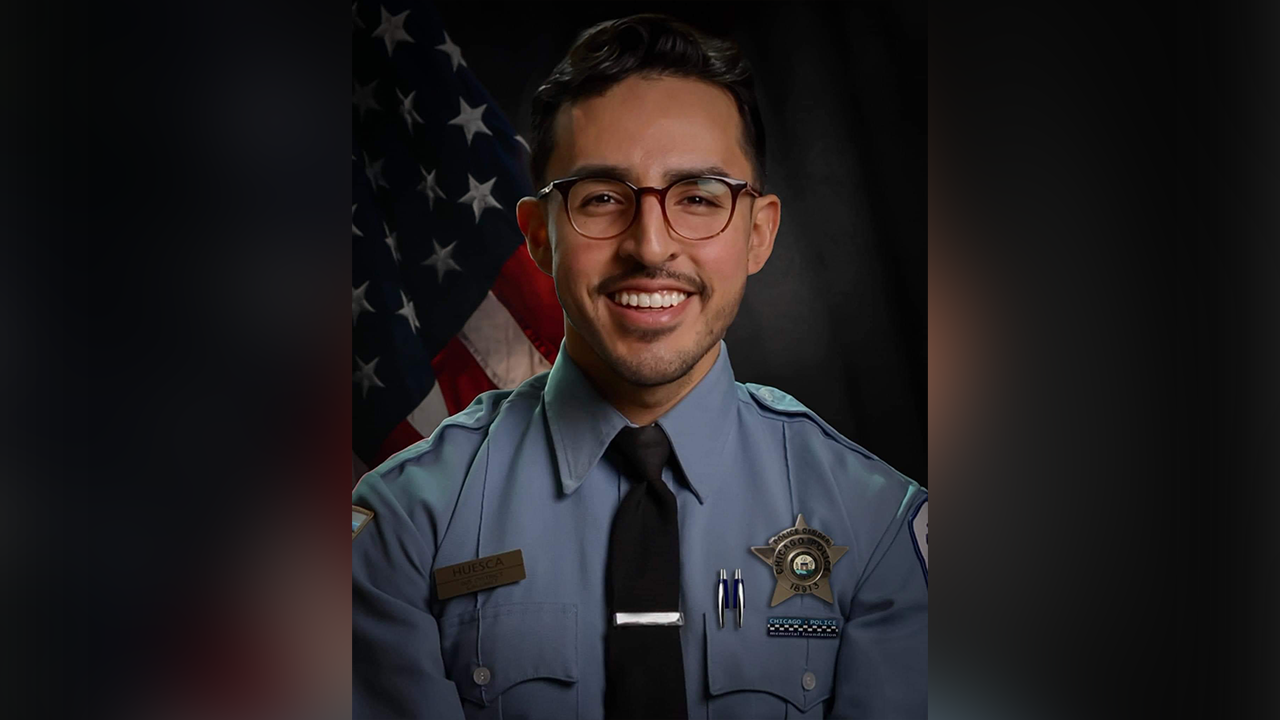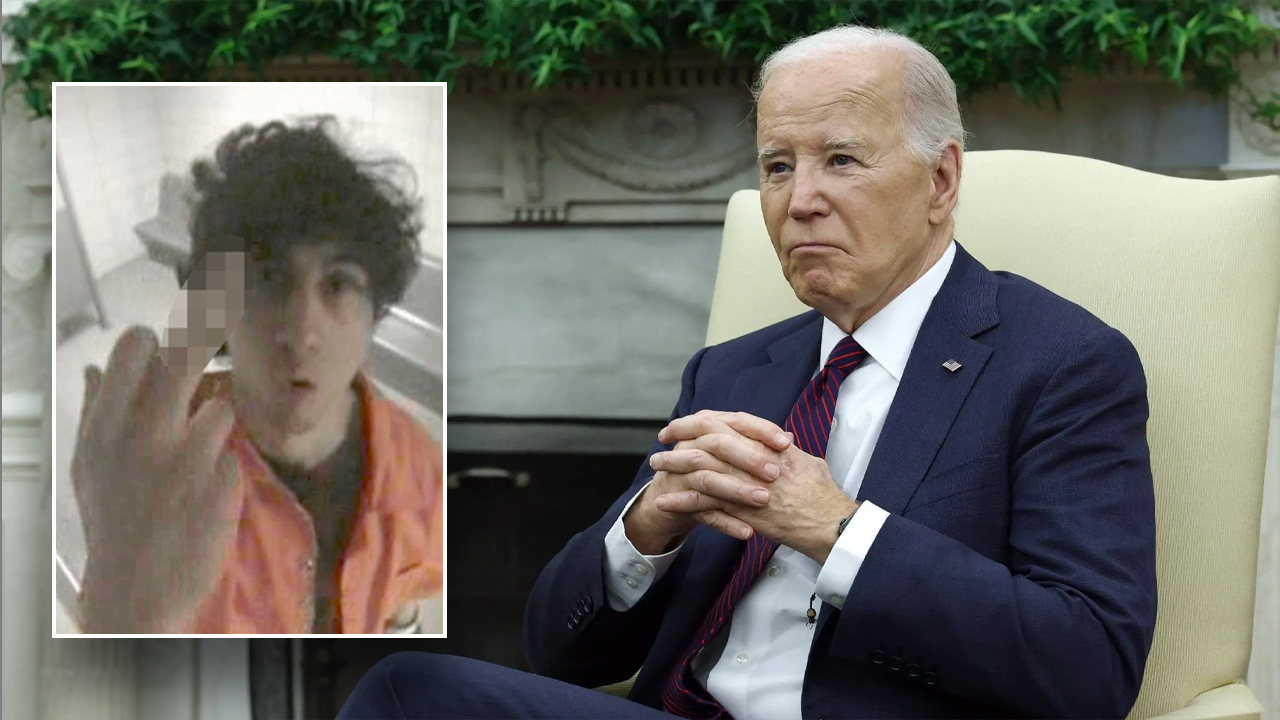The original plan was to start a school district. That didn’t work. So a group of residents in a sprawling unincorporated suburb of Baton Rouge, La., expanded their idea: Create a city of their own, called St. George.
In 2015, they collected signatures to bring their proposal up for a vote, but didn’t get enough. In 2019, they tried again. This time, they made it to a ballot and won the election, only to be stalled by a lengthy court battle.
But the Louisiana Supreme Court cleared the way on Friday for the formation of St. George, a city of nearly 100,000 people that joins the ranks of the state’s largest cities, falling between Lafayette and Lake Charles in population. It is the first city to be incorporated in Louisiana in nearly two decades.
A majority of justices found that lower courts had erred in blocking the city’s creation over concerns of its financial viability.
“This is the culmination of citizens exercising their constitutional rights,” Andrew Murrell, a leader of the effort to create the city, said in a statement, adding, “Now we begin the process of delivering on our promises of a better city.”
The city will consist of an area of East Baton Rouge Parish, which is run by a blended government that oversees both Baton Rouge and the broader parish. It also carves out a largely white and more affluent section of the parish, southeast of Baton Rouge.
The ruling signaled victory for a campaign that had endured since 2012 and was built on frustrations about schools, crime, infrastructure and the resources devoted to that part of the parish.
But its opponents — including parish leaders, as well as a powerful cross-section of business and civic leaders — contended that the complaints driving the campaign were unfounded and unfair. They argued that the plan for a new city was poorly conceived and would cause turbulence for the parish as a whole, rather than improve anyone’s quality of life.
“There is no basis in fact that the existence of St. George is positive or will bring positivity or have a positive impact on any areas of the cities or the parish,” said M.E. Cormier, who was a leader of a group that campaigned against St. George.
Critics also said that the grievances were masking other motivations, describing the effort as an example of a wealthy white community trying to distance itself from the Black and poorer residents in Baton Rouge. Some were disappointed that the challenge was now exhausted and believed that parish residents who live outside St. George but would feel its impact should have had more of a say.
Sharon Weston Broome, the mayor-president leading the combined Baton Rouge and East Baton Rouge Parish governments, had been one of the principal challengers to St. George. But in a news conference on Friday, Ms. Broome tried to send a more conciliatory message, acknowledging that the court’s ruling was the end to the saga.
“My goal from the very beginning — and it will always be my goal — is to advocate for a united Baton Rouge,” Ms. Broome told reporters, referring to the goal of minimizing division, even if St. George becomes its own municipality. “I am committed to serving the residents of St. George.”
Trying to forge a friendly relationship between the governments means overcoming acrimony that has festered for more than a decade.
The drive to establish St. George was started by residents who wanted to form their own school district because of concerns that East Baton Rouge Parish schools were troubled and underperforming.
When their first bid failed to get enough votes in the State Legislature, organizers were told they might have a better standing with a city of their own. So, in 2015, they sketched out an area of 85 square miles and 107,000 residents that would form the new city. But they did not gather enough signatures for the proposal to advance to a vote.
Several years later, they shaved the area down to include 60 square miles and 86,000 people, and collected enough signatures for a ballot initiative in 2019. The measure won 54 percent of the vote. Since then, the area shrunk even more, as some properties within the new city lines were annexed by Baton Rouge.
The path to the incorporation of St. George resembled in many ways the one taken by the last city formed in Louisiana, just on a larger scale: The city of Central, which is also in East Baton Rouge Parish and has nearly 30,000 people, was established in 2005 after failed attempts to start a new school district.
The success of the 2019 vote spurred an immediate legal challenge as parish officials feared the consequences of losing $48 million in annual tax revenues. They argued that the new city could not operate with a balanced budget and the proposed budget for St. George was inaccurate. A lower court judge agreed.
But the State Supreme Court, in the majority opinion, said that parish officials were relying on flawed figures, and that the city could operate within its estimated tax revenues.
Justice William J. Crain, the author of the majority opinion, also pushed back on the assertion that the new city would contribute to the deterioration of Baton Rouge, the parish seat with just over 220,000 residents. He wrote that the population of St. George was growing as Baton Rouge’s declined, and a flourishing St. George might stanch an migration to surrounding parishes with “more shared interests, including more desirable school districts.”
“We conclude St. George can provide public services within a reasonable period of time,” Justice Crain wrote, speaking for the 4-3 majority.
Now, the campaign to establish St. George — named for an extinct parish that once included the area — is moving ahead with the business of assembling a city government essentially from scratch. Gov. Jeff Landry will appoint an interim mayor and City Council.
St. George already has its own Fire Department and will continue to rely on the East Baton Rouge Parish Sheriff’s Department for its policing needs. Many other city services will be privatized, adhering to a vision articulated by organizers to maintain as svelte of an operation as possible.
“I look forward to our ability to build an efficient, productive and vibrant city while contributing to a thriving East Baton Rouge Parish,” Norman Browning, one of the chairmen of the campaign, said in a statement.
But some fear that will be no easy undertaking, and that the process will be a fraught and complicated negotiation. “The detanglement, logistically speaking, is going to be an absolute nightmare,” Ms. Cormier said.
Ms. Cormier, 39, said that St. George is an area that has transformed in her lifetime living in Baton Rouge. She remembered when the area, now bustling with suburban homes and commerce, was filled with farmland and trees. That growth, she said, came from the parish’s investment.
“There are legacy costs associated with that,” Ms. Cormier said. “That is a bill they will be expected to pay — their citizens will be expected to pay — and it will be due and owing on Day 1.”






